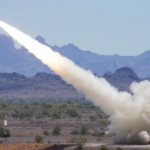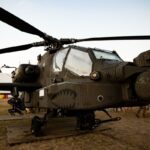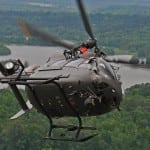
During the opening ceremony of the 2018 Winter Olympics in PyeongChang, South Korea, a flock of 1,200 commercial drones made by Intel [INTC] formed a giant snowboarder that flew into the stadium then swarmed in formation to form various other shapes, including the Olympic Rings logo. Such sophisticated swarming technology being used to entertain during a sporting event has Army leaders worried that the same capabilities are already in the hands of enemy militaries.Because enemy drones come in all shapes and…

 By
By 











